Making sure your hot water system is functioning properly is essential for daily comfort & convenience.
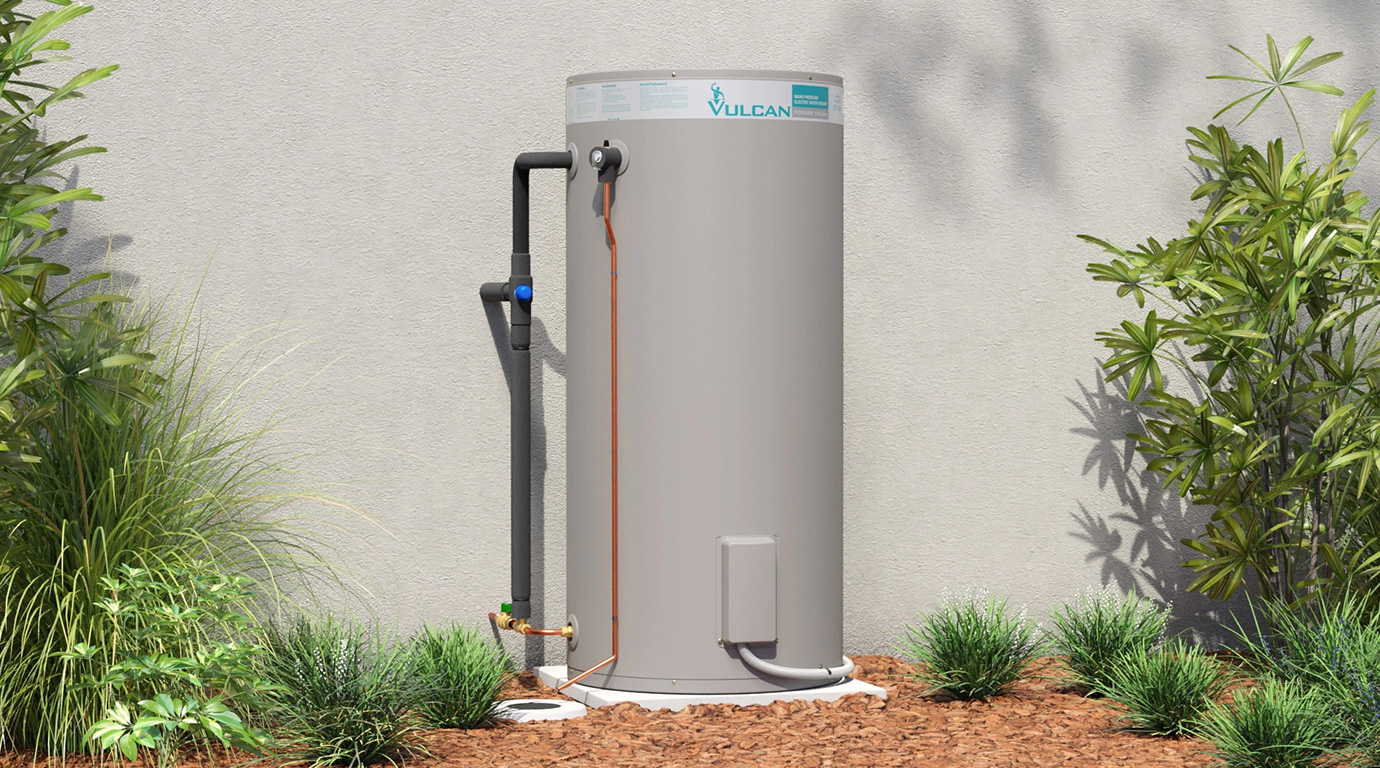
How Does a Gas Storage Hot Water System Work?
How Does a Gas Storage Hot Water System Work? If you’re a homeowner, chances are you’ve heard about gas storage hot water systems. They are one of the most popular choices for providing hot water to households across the country. But have you ever wondered how they actually work? In this comprehensive guide, we’ll take a closer look at gas storage hot water systems, their components, and the process they use to deliver hot water to your taps, to finally answer “How Does a Gas Storage Hot Water System Work”. Let’s dive in and demystify the workings of this essential home appliance.
Contents:
- Understanding How a Gas Storage Hot Water System Works
- How Does a Gas Storage Hot Water System Work and The Process
- The Benefits of Gas Storage Hot Water Systems
- Who can work on a Hot Water Service?
- Our Take on Gas Storage Hot Water Systems
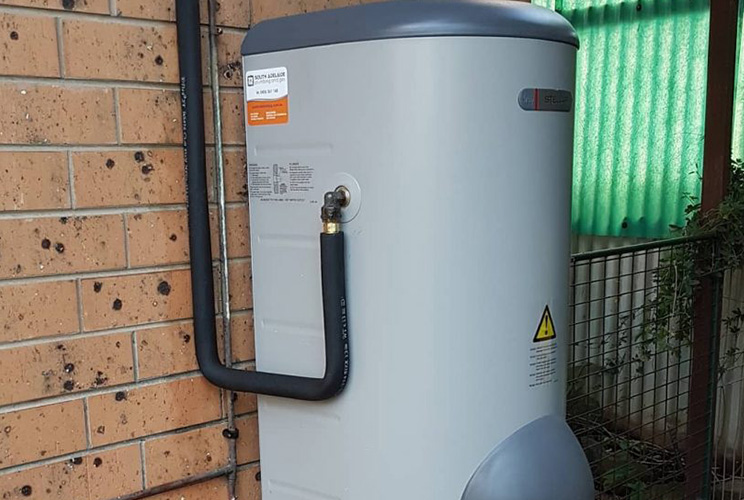
Understanding How a Gas Storage Hot Water System Works
Gas storage hot water systems are a type of water heater that uses natural gas as the primary fuel source to heat and store hot water until it’s needed. They consist of a storage tank, a gas burner or heating element, temperature controls, and safety features. The storage tank is insulated to minimise heat loss and maintain the temperature of the stored water.
Dux was the hot pick in Canstar Blue’s latest hot water system review, after achieving five stars for performance, value for money, ease of use, design, and overall satisfaction. – Canstarblue.com.au
The Components of a Gas Storage Hot Water System
- Storage Tank
The heart of a gas storage hot water system is the storage tank, which holds and stores the heated water. These tanks are typically made of steel and come in various sizes to accommodate different household needs. The tank is insulated with a layer of foam or other insulating material to keep the water hot and reduce energy consumption.
- Gas Burner or Heating Element
The gas burner or heating element is responsible for heating the water inside the storage tank. In a gas-powered system, a gas burner located at the bottom of the tank ignites to heat the water. In an electric system, a heating element does the job. The gas burner or heating element is controlled by the thermostat, which regulates the water temperature to the desired level.
- Thermostat
The thermostat is a temperature control device that monitors and regulates the temperature of the water inside the tank. When the water temperature drops below the set level, the thermostat signals the gas burner or heating element to turn on and start heating the water. Once the water reaches the desired temperature, the thermostat shuts off the heating element to prevent overheating.
- Pressure Relief Valve
The pressure relief valve is a crucial safety feature that releases excess pressure from the tank to prevent it from becoming over-pressurised. If the pressure inside the tank exceeds safe levels, the relief valve opens and allows some water to escape, reducing the pressure.
- Anode Rod
The anode rod is a sacrificial rod made of aluminum, magnesium, or zinc that is suspended inside the tank. Its purpose is to attract corrosive elements in the water, protecting the tank from rust and corrosion. Regular maintenance, such as checking and replacing the anode rod when necessary, can extend the life of the hot water system.
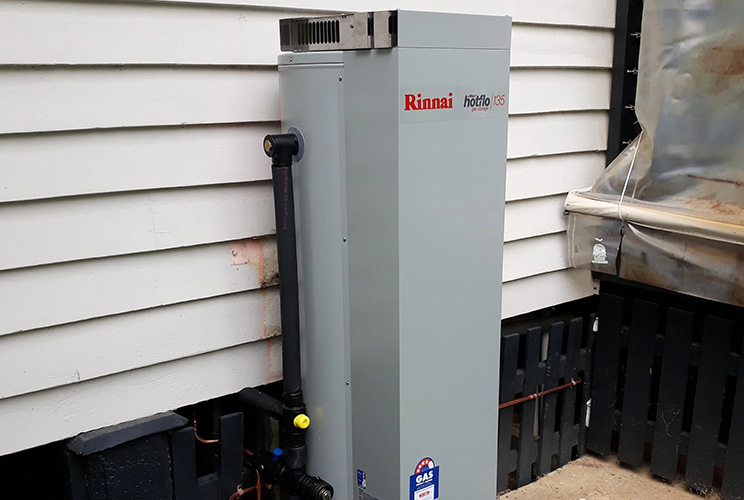
How Does a Gas Storage Hot Water System Work and The Process
Now that we understand the components let’s take a step-by-step look at how a gas storage hot water system works to provide you with hot water on demand:
- Water Intake
Cold water enters the storage tank through a dedicated inlet pipe connected to the household’s water supply. As the tank fills with water, the anode rod helps prevent corrosion that could damage the interior of the tank over time.
- Heating the Water
When the hot water tap is turned on, the thermostat detects the drop in water temperature inside the tank and signals the gas burner or heating element to ignite. The gas burner heats the water in a gas-powered system, while an electric heating element does the job in an electric system. As the water heats up, it rises to the top of the tank.
- Hot Water Storage
The heated water is stored at the top of the tank, away from the gas burner or heating element. The insulation in the tank helps retain the heat, keeping the stored water hot until it’s needed.
- Supplying Hot Water
When you open a hot water tap, hot water from the storage tank is drawn through a dedicated outlet pipe and delivered to the tap. As hot water is used, cold water enters the tank to replace it, starting the heating process again.
- Temperature Regulation
Throughout the process, the thermostat continuously monitors the water temperature. If the water temperature drops below the set level, the thermostat activates the gas burner or heating element to reheat the water. This ensures a steady supply of hot water whenever you need it.
- Safety Measures
Gas storage hot water systems are equipped with safety features like the pressure relief valve, which helps prevent the tank from becoming over-pressurised. Additionally, gas systems have built-in safety mechanisms that detect gas leaks and shut off the gas supply to prevent potential hazards.
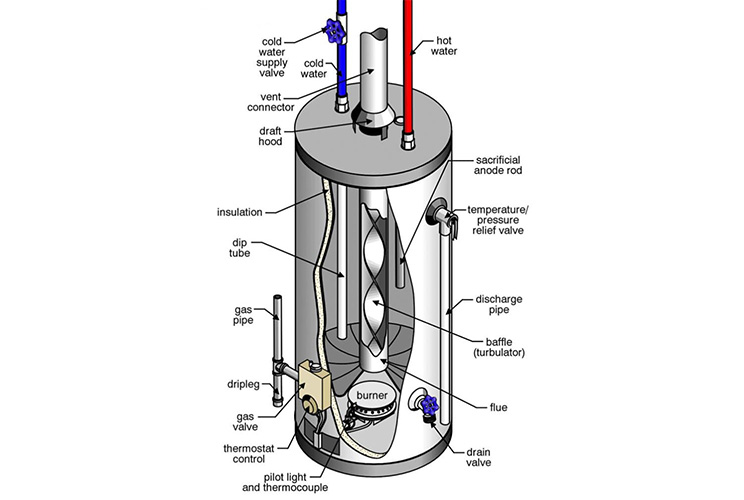
Over a quarter of the average household’s energy is used to heat water for the bathroom, kitchen and laundry. In some homes, it may be much more. – Yourhome.gov.au
The Benefits of Gas Storage Hot Water Systems
Gas storage hot water systems offer several advantages that make them a popular choice for Australian homeowners:
- Cost-Effective: Gas is generally more affordable than electricity, making gas storage hot water systems a cost-effective option for heating water.
- Fast Recovery: Gas systems can heat water more quickly than electric systems, providing a steady supply of hot water even during periods of high demand.
- Reliability: Gas storage hot water systems have a long track record of reliability, offering consistent hot water for daily household needs.
- Energy Efficiency: Modern gas systems are designed to be energy-efficient, helping reduce overall energy consumption and lower utility bills.
- Flexibility: Gas storage hot water systems come in various sizes, allowing homeowners to choose a model that suits their
- household’s hot water usage.
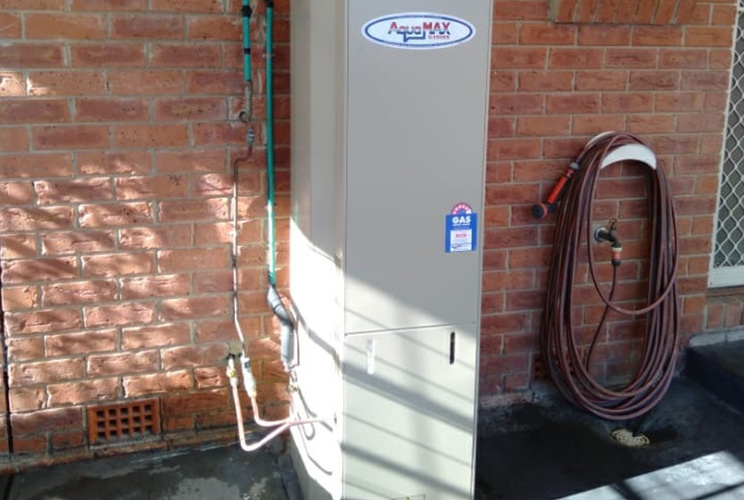
Who can work on a Hot Water Service?
When it comes to working on a gas hot water service, it’s essential to emphasise the importance of hiring qualified tradespeople to perform any repairs, maintenance, or installations. Gas systems involve potentially hazardous elements, and improper handling can lead to serious safety risks, including gas leaks and carbon monoxide poisoning. Therefore, it is crucial to engage licensed plumbers or gas fitters who have the necessary expertise and training to work on gas appliances. These professionals have undergone specialised training, hold relevant certifications, and are familiar with the safety protocols and regulations governing gas installations and repairs. By entrusting your gas hot water service to qualified tradespeople, you can have peace of mind knowing that the work is being conducted safely and in compliance with industry standards. Additionally, they can offer valuable advice on choosing the right gas storage hot water system for your needs and ensure its optimal performance and longevity through proper maintenance and care. Always prioritise safety and engage qualified professionals for any gas-related work in your home.
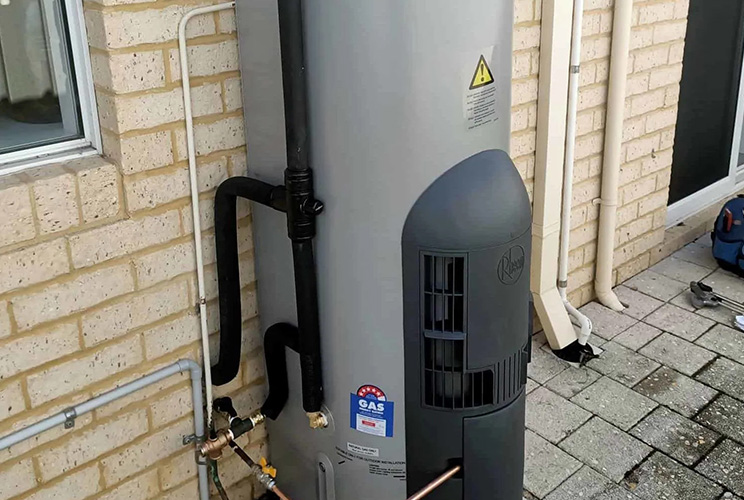
If your hot water system fails, replacing it with a suitable energy-efficient model can reduce energy use. – Energy.gov.au
Our Take on Gas Storage Hot Water Systems
Gas storage hot water systems are a reliable and efficient option for providing hot water to Australian households. With their simple and effective process, they ensure a steady supply of hot water for daily needs. Understanding the components and workings of these systems can help homeowners make informed decisions when it comes to choosing the right hot water system for their homes.
Remember, regular maintenance and occasional checks by a licensed plumber are essential to ensure the optimal performance and longevity of your gas storage hot water system. By taking care of your hot water system, you can enjoy a reliable and efficient source of hot water for many years to come.

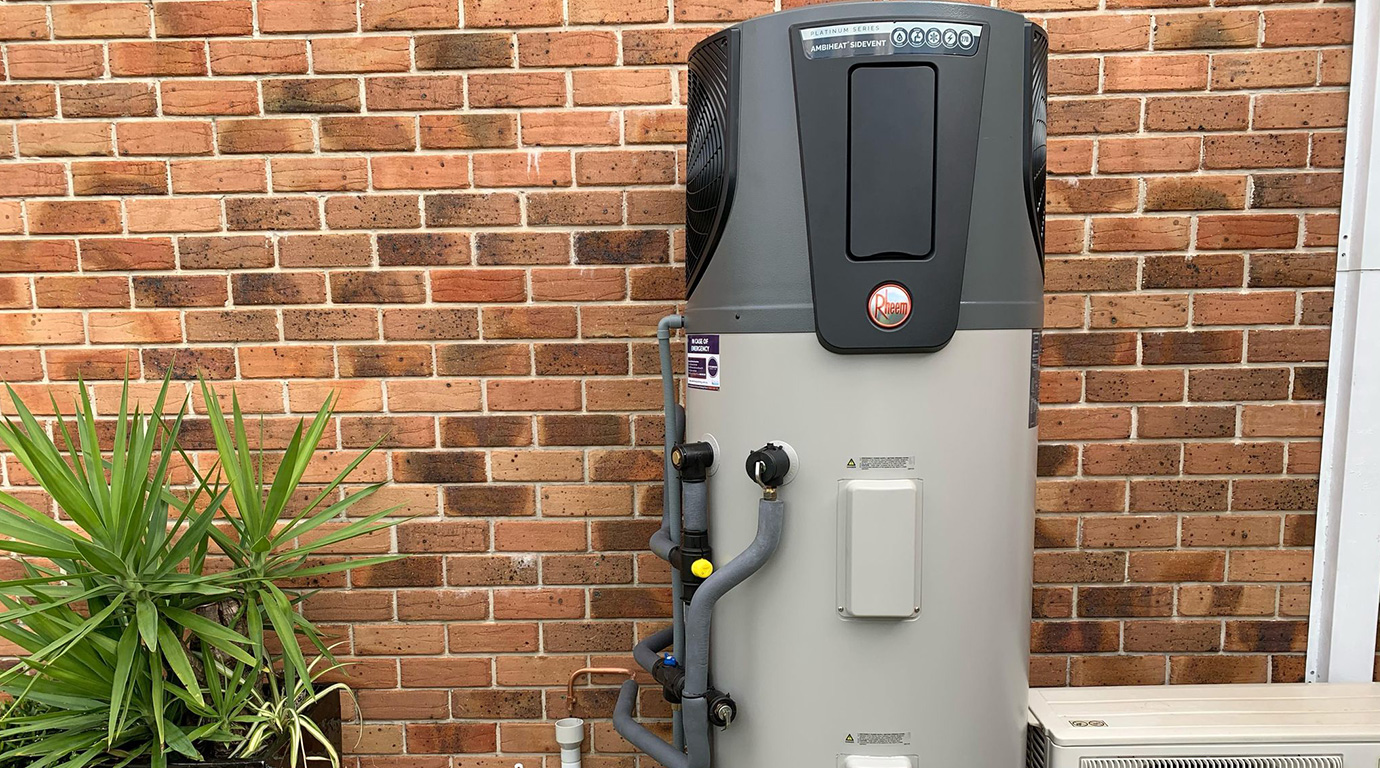
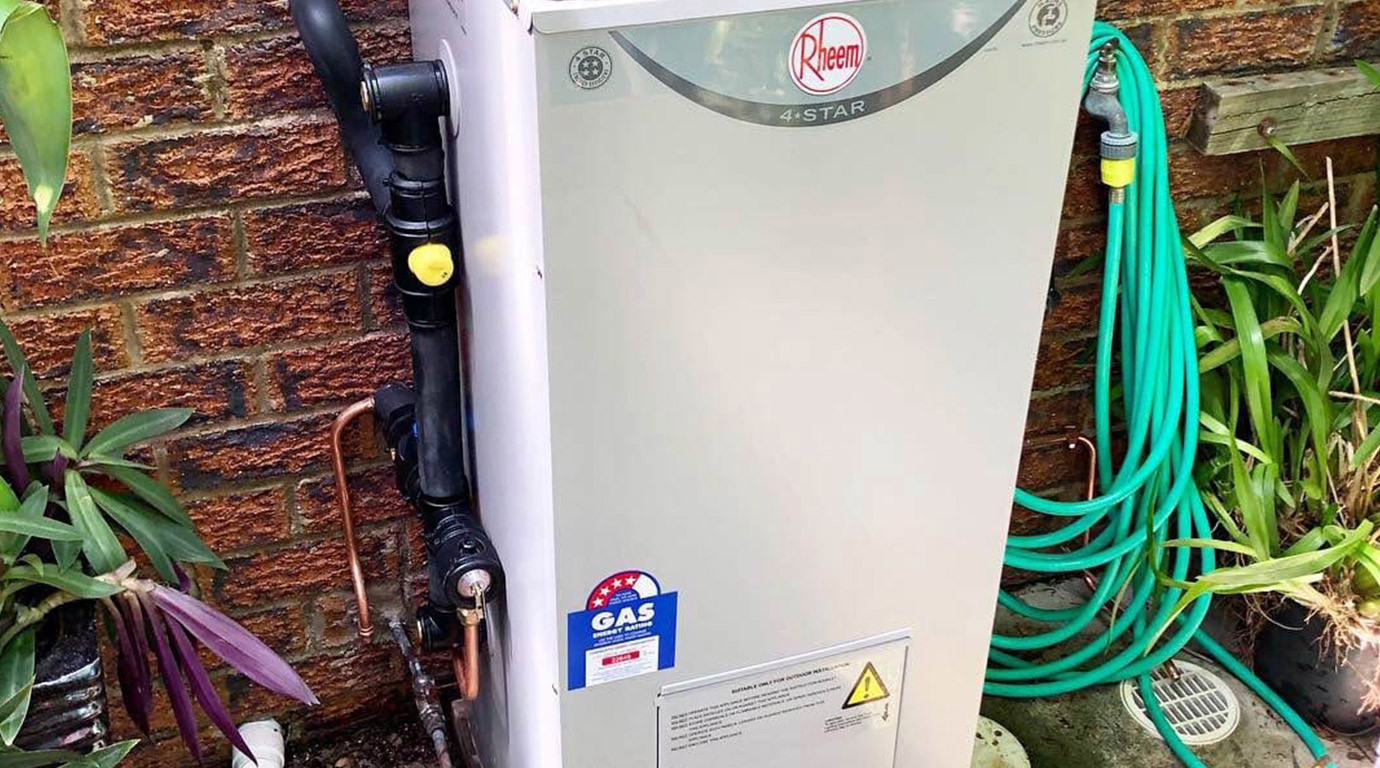

This Post Has 0 Comments